Upon his return from detention around 1948, he aspired to become a professional painter.
He was affiliated with Nikakai (Society of Progressive Japanese Artists).
In 1961, he studied with Goro Suganuma. He exhibited from 1962.
He won awards. In 1963, he joined the Institute of Visual Design.
He had a solo exhibition in 1980 in Kyoto - Hakone Open-Air Museum (first prize).
He was commissioned to design monuments and public decorations. Purchased by the Saitama Museum (torso) - Solo exhibition (Sendai)
Retrospective exhibition in 2009 at the Fujisawa Art Museum "Thoughts for the Earth Hidden in Bronze."
His years of war and captivity influenced his art. He created numerous representations of captives. His detention on the shores of the Caspian Sea allowed him to come into contact with German prisoners of war, whose portraits he left behind. The result is a strange style.
The portraits have exaggerated features; the full-length figures, on the other hand, no longer have faces.
Anecdotes evoke his secluded life in the mountains near Omiya.
His studio, resembling a mountain cabin, was a sort of cabinet of curiosities, filled like a warehouse.



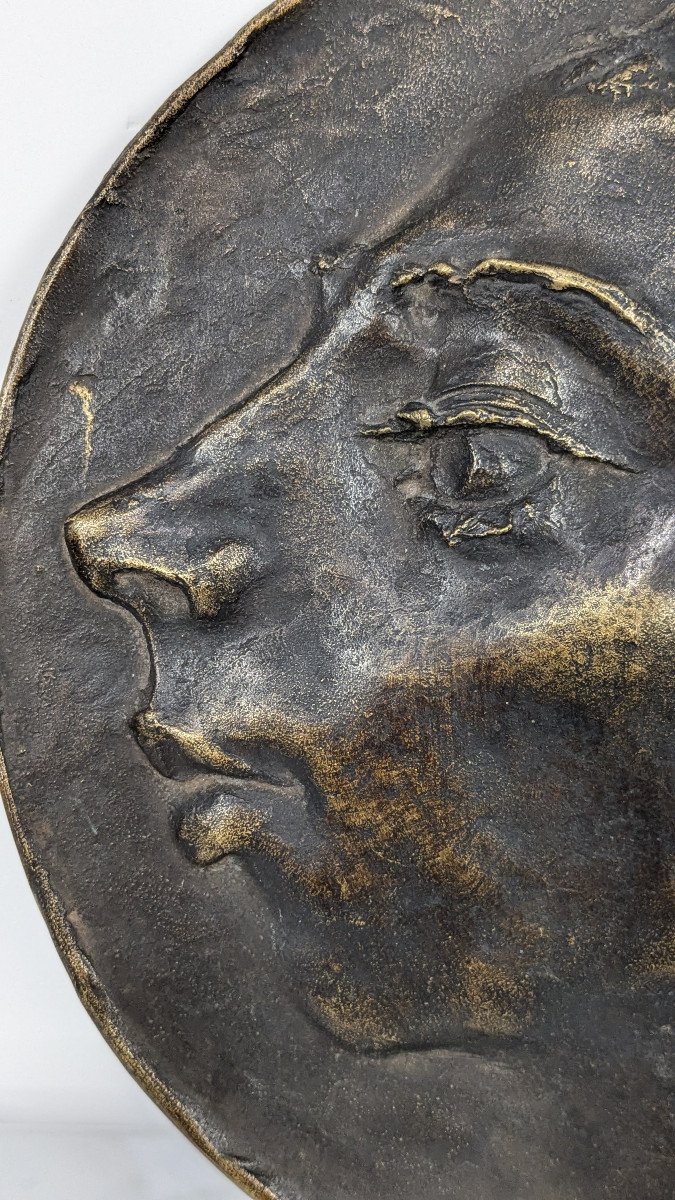























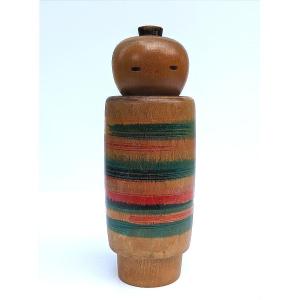

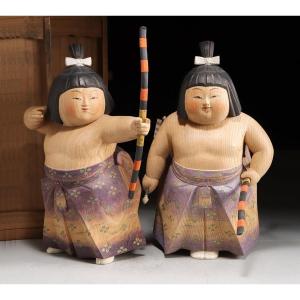

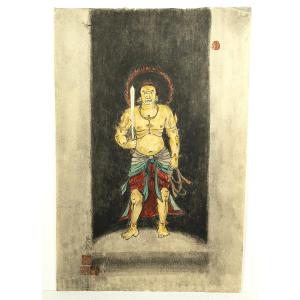



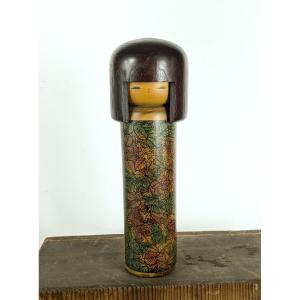

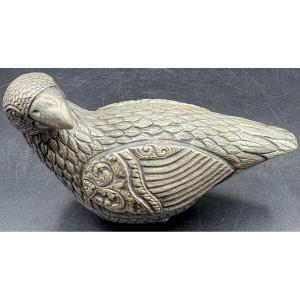





 Le Magazine de PROANTIC
Le Magazine de PROANTIC TRÉSORS Magazine
TRÉSORS Magazine Rivista Artiquariato
Rivista Artiquariato